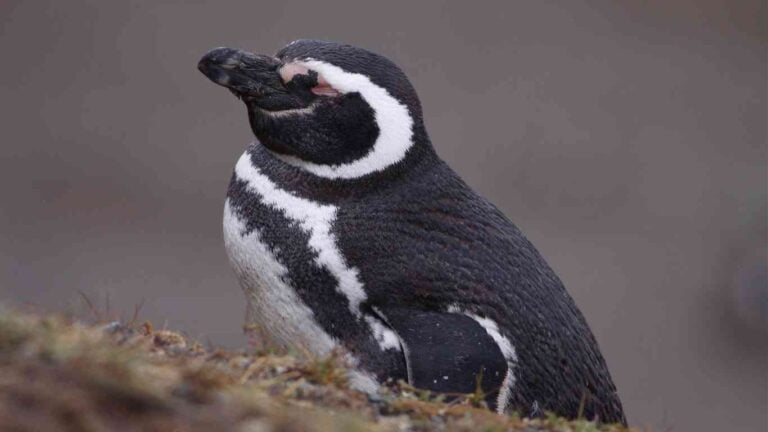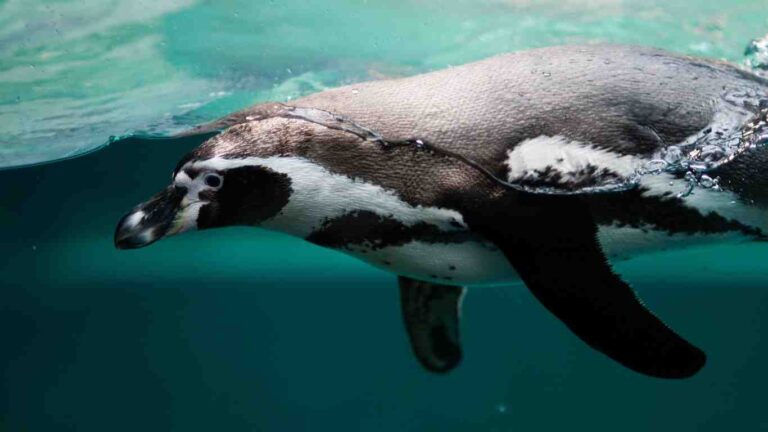Do Penguins Lay Eggs and How Often?
Penguins, a charming and social bird, have a unique breeding cycle involving egg laying and incubation in extreme environments.
Their unique egg-laying habits, the number of eggs they lay, and the frequency of their journey are fascinating aspects of their life.
Do Penguins Lay Eggs?
Penguins do lay eggs. As birds, they follow a reproductive cycle similar to that of other bird species, which includes egg-laying.
Penguins are oviparous, which means penguins lay eggs from which their young hatch outside the mother’s body. Female penguins typically lay one to two eggs per breeding cycle.
These eggs are then incubated by both parents, who take turns keeping the eggs warm until they hatch.
The incubation period is a crucial time when the parent penguins must protect their eggs from extreme cold and predators.
The process of laying and caring for eggs is critical to the continuation of the penguin species, making it a fundamental aspect of their existence.
How Do Penguins Lay Eggs?
Female penguins lay a single egg (or two) after a courtship and mating period which occurs during the warmer months.
The number of eggs varies by penguin species: Emperor and King penguins lay one egg, while species like Macaroni or Little Blue penguins usually lay two.
Penguin parents share the task of incubation, with both male and female taking turns to keep the egg warm through a process known as brooding.
The Emperor penguin has a unique way of incubating its egg. Unlike other birds, the male Emperor penguin keeps the egg warm by holding it on his feet and covering it with a special flap of skin known as the brood pouch.
This challenging task lasts more than two months, during which the male endures the extreme cold of Antarctica and goes without food to protect his future chick.
Even after their chicks hatch, penguins remain devoted parents. Newborn penguins are somewhat dependent, needing warmth and sustenance which their parents diligently supply.
This nurturing lasts until the chicks are capable enough to swim and fend for themselves, guided by instinct.
Penguins’ breeding rituals and dedicated parenting are key for survival in harsh climates and against predators.
By carefully nurturing their eggs and chicks, they continue their lineage and maintain their vital role in our planet’s biodiversity.
How Often Do Penguins Lay Eggs?
Penguins typically lay eggs once a year. Each species has its own specific breeding season during which egg-laying occurs.
The time of year for laying eggs depends on the penguin’s habitat. For example, Emperor penguins lay their eggs in the Antarctic winter around May or June.
They usually produce one or two eggs per breeding cycle. After laying, the eggs are incubated by the parents through a carefully balanced routine.
The devotion of penguin parents during the incubation period is vital for the survival of the chicks, keeping them warm and protected until they hatch.
Final Remarks
As we peer into the depths of penguin life, the egg-laying process reveals a fascinating layer of their survival.
The dedication of penguin parents exhibits a profound ritual significant not only for their lineage but for the ecosystem.
This intricate cycle of breeding showcases their resilience and extraordinary adaptability to the environment.
(Featured image by amanderson2 on Flickr is licensed under CC BY 2.0 Deed)







